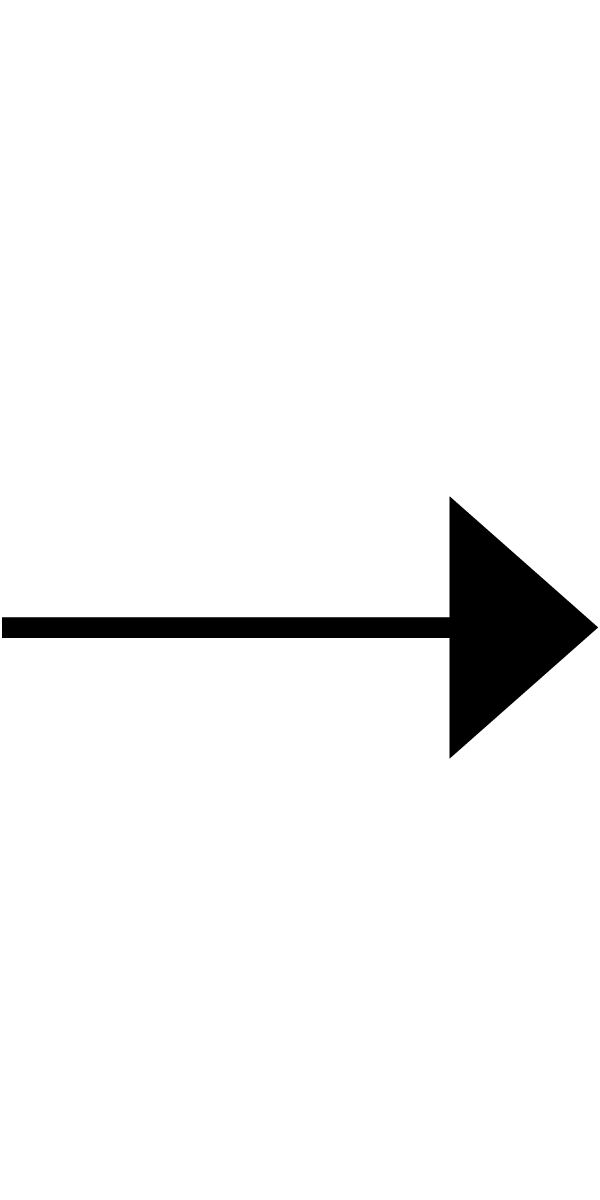MagFind search result: 49 citations in the database
|-----------------------------------------------------------|
MagFind search request: FIND EXACT TITLE PHRASE ON THE HOLODECK ON ACID WITH SPAM AND ROSELLINI'S 1737 MECHANICAL PIG
MagFind search result: 7 citations in the database
DISPLAY CITATION 3 FULL TEXT
Display request result: _Full text not available_
>DISPLAY ABSTRACT
_Abstract follows citation 3_
3.
Author: Barclay, R.
Title: Here/Hear We God Again: On the Holodeck with
Rosellini's 1737 Mechanical Pig, Plus CD (book reviews).
Journal: POMO Media Studies Monthly v147, n24:11 (6 pages).
Pub Type: Review.
Descr: Photograph, graphic illustration.
Notes: Reviewer's Grade: B+.
Subfile: Magazine Index (MI).
Academic Index
(AI).
Subject: Vieuchanger, Fatima Michelle -- Biography, Memoir.
Authors
-- Biography, Autobiography.
Books
-- Reviews.
Interactive
Media -- Reviews.
Abstract:
For readers who have followed Fatima Michelle Vieuchanger's adventures (e.g., the serialized version of
_Masquerading at
Shower-Lourdes_) with that amazing porcine automaton, the mechanical pig created by Guillermo Rosellini in 1737
and
recreated by Gilbert van Gelderschott in 1884, this latest installment offers only a little comforting
familiarity
and
more than a few surprises. In her earlier works, Vieuchanger tells how she got and lost and got again the pig(s)
and
recounts their storied scatological performances at Shower-Lourdes, Florida, and Findhorn, Scotland. The 3-D
holovideo
(with omnisound) multimedia CD-ROM packaged with this monograph, especially, along with its somewhat-misleading
Instructions, raises two major questions for readers equipped with state of the art electronic appliances and
postmodern
critical vocabularies: (1) Does the excrementalization induced by a subversive anality in the previous
metanarrational
representations -- somewhat conflating the semiotic sublimation of the author's hermeneutical hand-wringing
(e.g.,
Eubern et al.) with a nonphallomorphic but recentered and essentialist dialectical historiography -- here test
the
constructed/constructive boundaries of a totalizing hypertextual ideology (in the sense of Jimson) rather than
the
pseudo-semiotics of, say, Python? Further, the major surprise comes when Vieuchanger engineers the potential
meeting of
Porker and Creator(s) by programming convincing apparitions of the Pig's original master, Rosellini himself, in
multimodal virtual dialogue with the master's imitator, van Gelderschott, which is all the more surprising to
the
extent
that it is ignored in the otherwise fallacious Instructions. (2) Is what is thematized here essentially a
tension
between the textuality of the image as an (rhetorical) object, emerging peristaltically as it were through
market
forces, and an articulation of the nostalgic self-reflexivity of a Bynarian late-stage modernist
protocapitalism?
Or is
it rather a metaphorically transgressive commodification -- along with a final, inescapable reification of the
postmodern Machine qua machine? Huh?

 on
on  on
on 

























